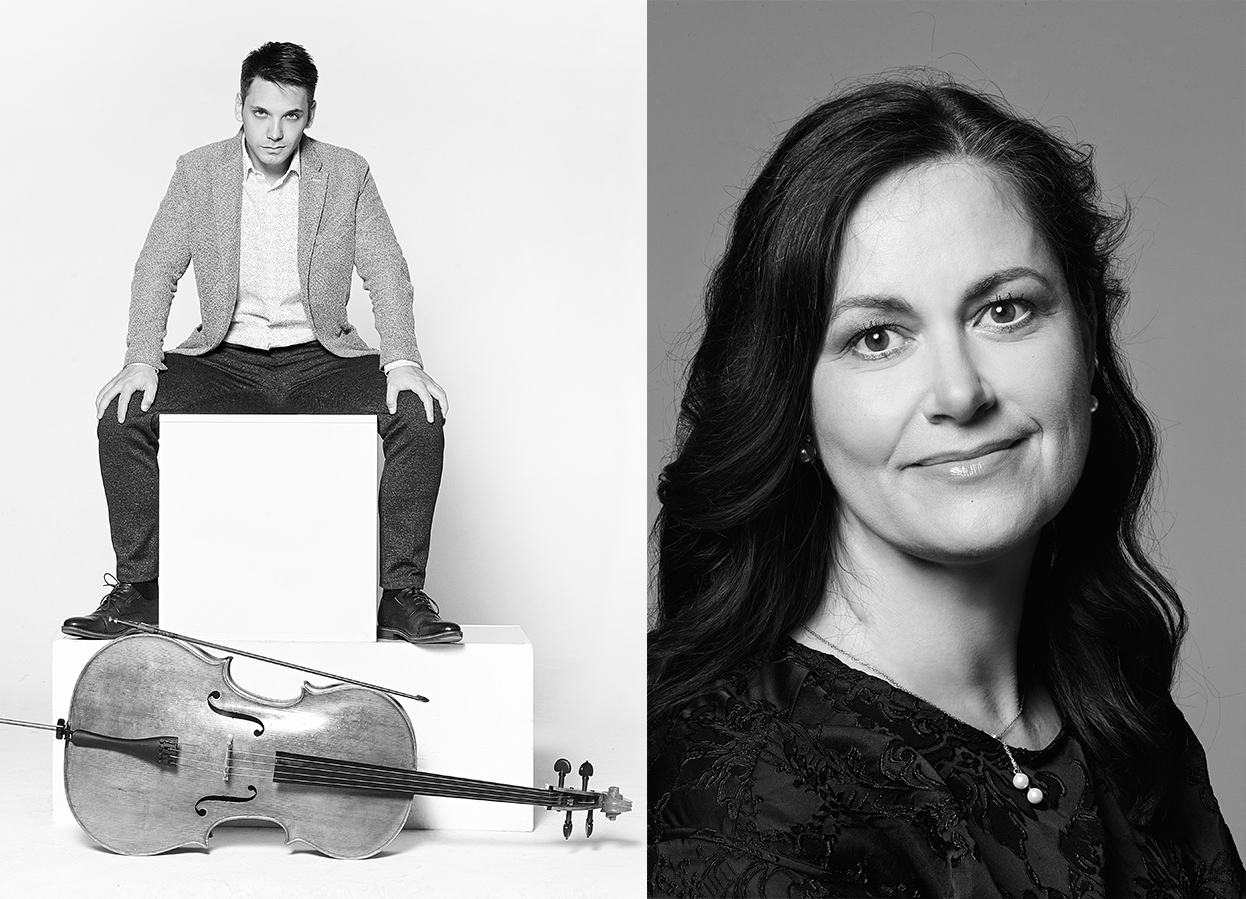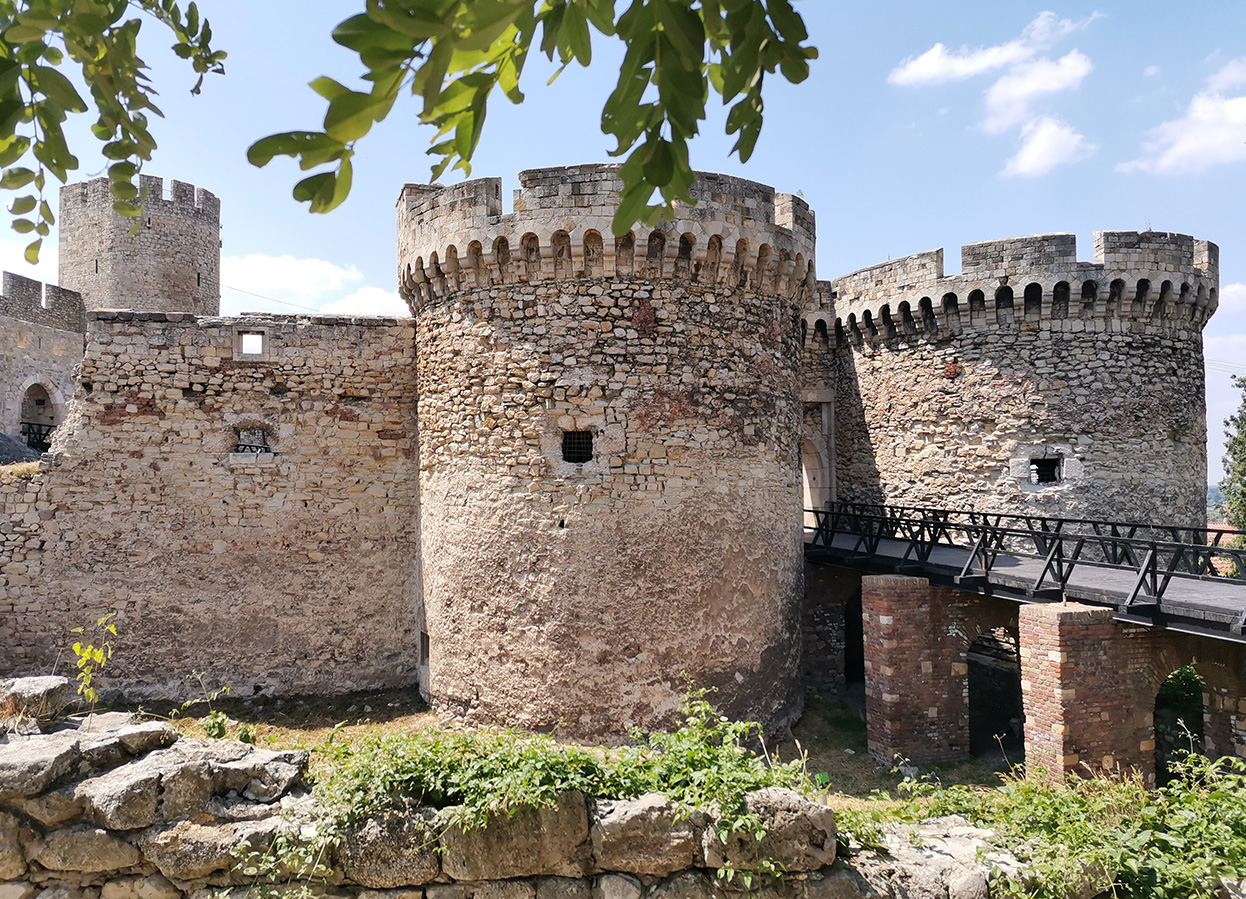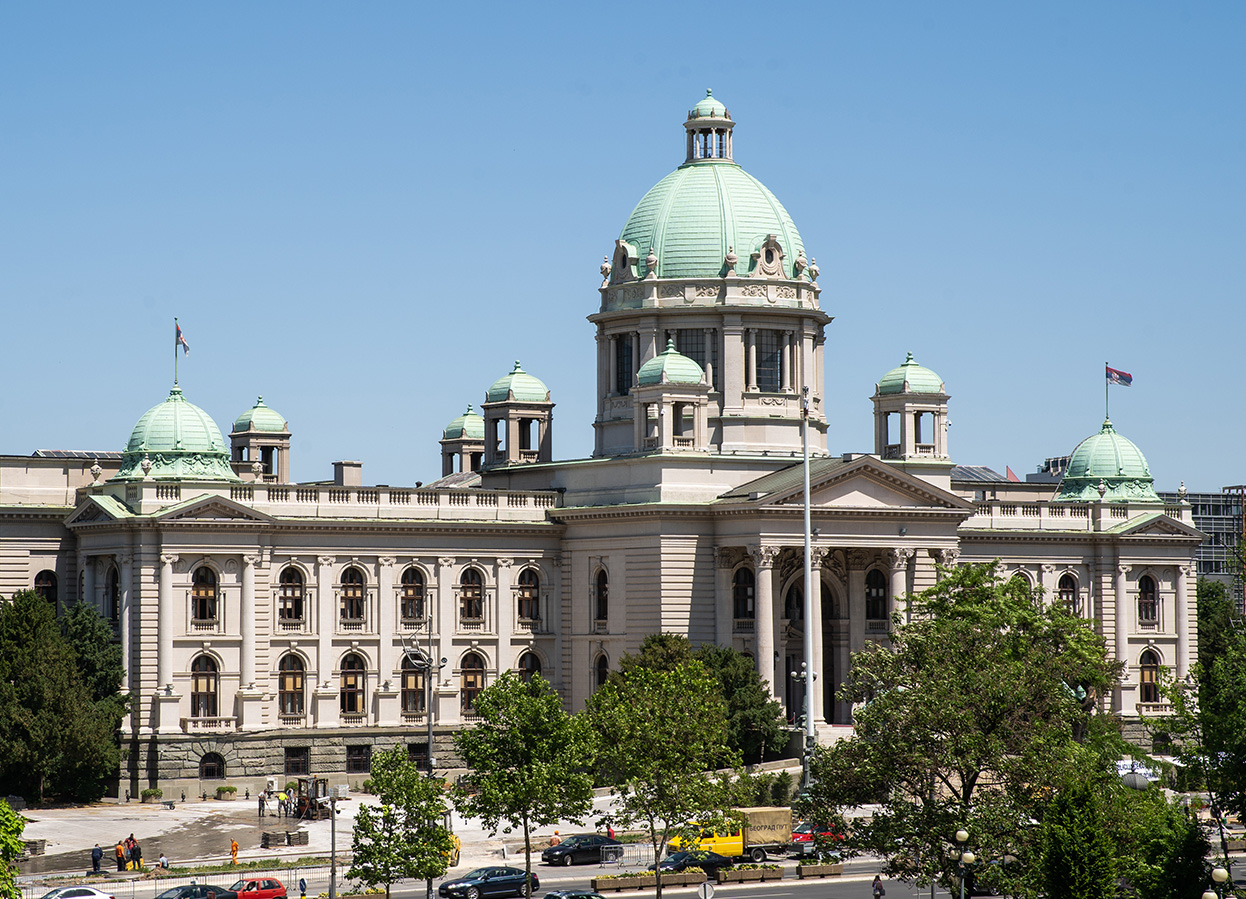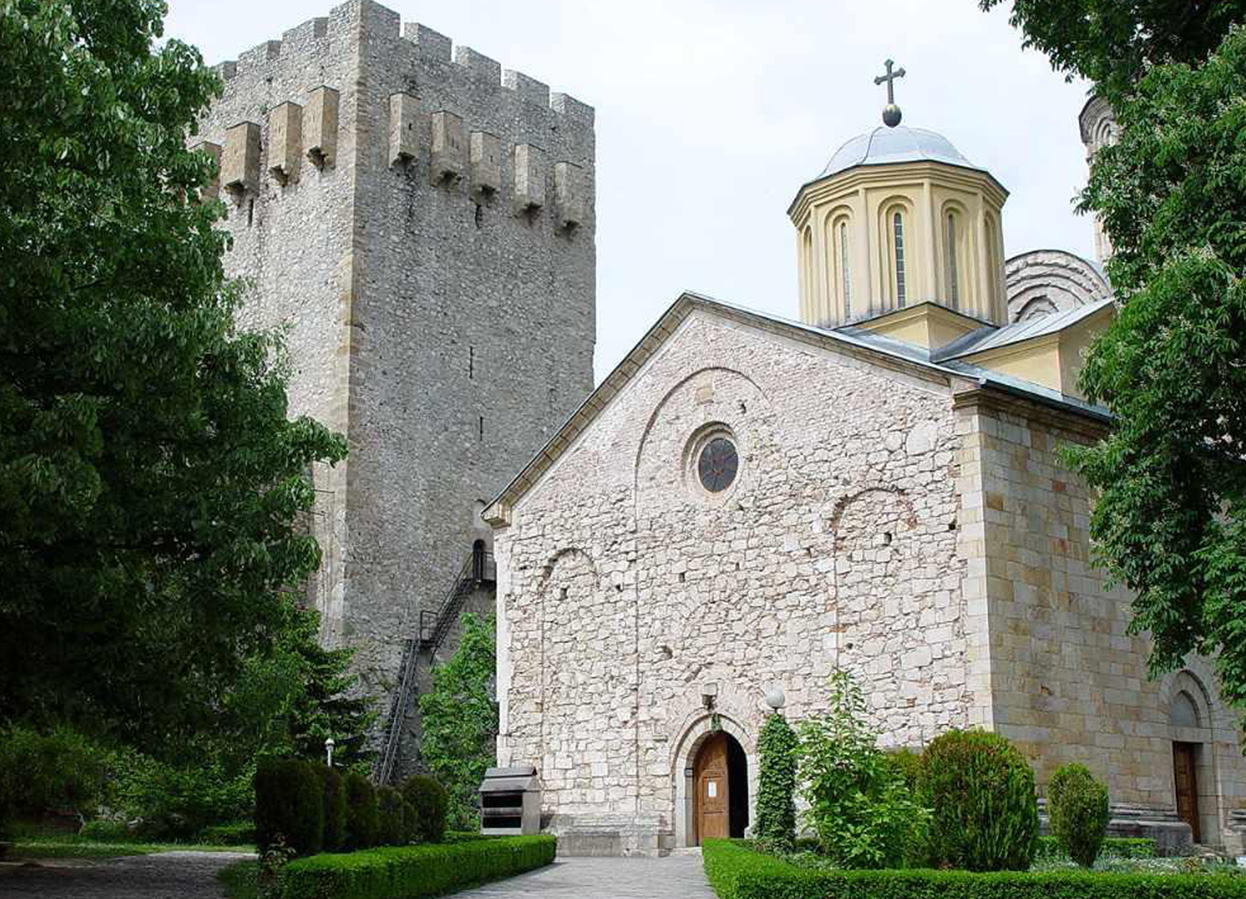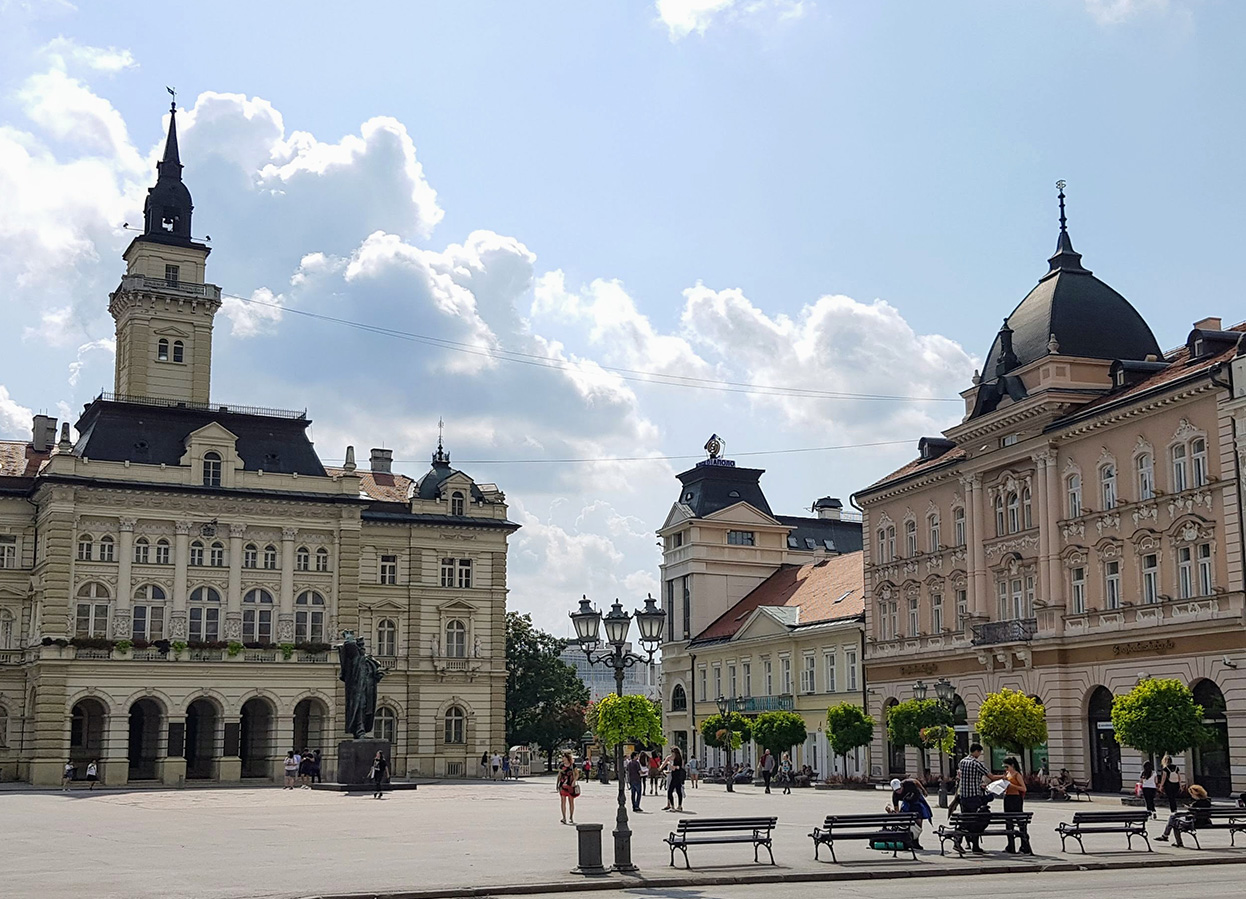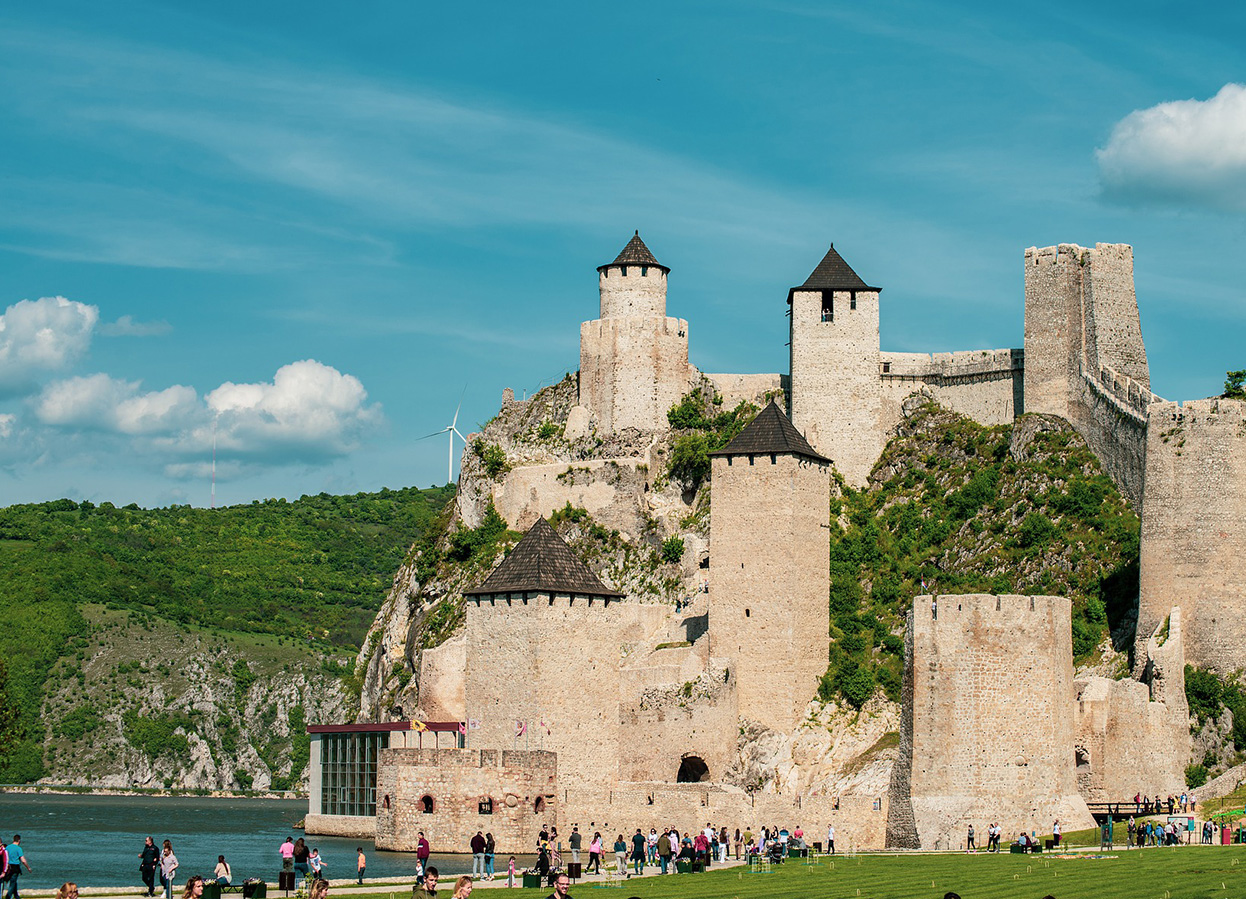XX CENTURY IN BELGRADE
Fee: EUR 25.00 (20-25 participants)
Date: Sunday 27.08 at 15.00 pm
Duration: Approx. 3h, bus tour
Description:
The twentieth century is probably the most exciting, turbulent and complicated period in Belgrade history. The century began
with Belgrade as the capital of the young Kingdom of Serbia, recently liberated from the rule of the Ottoman Empire, burdened by
the dynastic turmoil between the Obrenović and the Karadjordjević families. Shortly afterwards, it was the city where the first
bullets were fired and which had the first casualties of the Great War. Belgrade suffered severely during the four years of war.
It emerged from the war as the capital of a new state, the Kingdom of Serbs, Croats and Slovenes which soon became Yugoslavia.
Then, the Second World War started and with it the new occupation and suffering. A new war, followed by a new Yugoslavia,
President Josip Broz Tito, the Non-Aligned Movement, the Cold War... The story of an era the spirit of which lives on, mostly
through the pop culture and music. However, there is also the story of the end of a long century, which ended in destruction,
dissolution of the country and eventually, winning over some new freedoms. The longest century in Belgrade history.
We get on the bus at the National Assembly building. At the very beginning, we are introduced to the history of the buildings in
which the fate of the country and the people was decided at the very beginning of the 20th century – the buildings of the Old
and New Palaces and the National Assembly. We begin with the story of two dynasties whose rivalry marked the first half of the
20th century. Then, as we head to New Belgrade and pass by the Obelisk marking the First Summit of the Non-Aligned Movement we
begin the story of the "Third bloc" of countries, created at the time when the world was polarized and on the verge of a new
global conflict. We continue our journey to the former Palace of the Federation where we get acquainted with the story of this
impressive structure. The story of the construction of New Belgrade, as an example of the success of the new system, is a story
in itself and we will tell it as we drive past the New Belgrade Blocks neighbourhood and the Highway of Brotherhood and Unity.
We cross the Sava river again and head towards the Museum of Yugoslav History. We will visit the museum, learn the story of the
National Liberation War, the creation of a new nation and its identity, and we will also visit the tomb of Josip Broz Tito and
hear the story of the biggest diplomatic event in our country, to this day. We drive past the stadium of Red Star Football Club
whose greatest successes, symbolically, marked the end of the existence of Yugoslavia. Our next stop is the Temple of St. Sava,
the second largest Orthodox church in the world, where we learn the story of its construction, which, with interruptions, lasted
throughout almost the entire 20th century. After the Temple, we drive past the Ministry of Defence General Staff building,
severely damaged during the bombing in 1999, which symbolically marked the end of the 20th century in Belgrade.
-
If you're interested, email office@gasi-symposium-belgrade2023.com
-
Reservation deadline: 18 August

